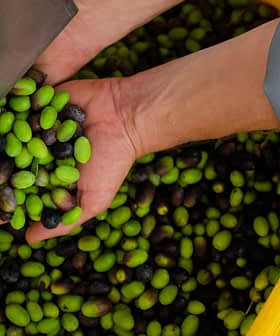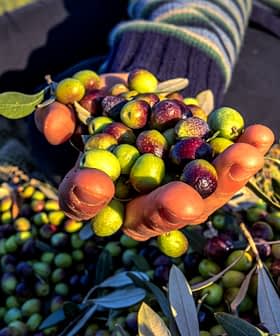Survey Finds Consumers Both Enthused, and Confused, About Olive Oil

Once people start using olive oil, they tend to use it a lot, but many find choosing one confusing. Those are among the findings from a consumer survey of 2,002 adults this year in the United States, which also found various myths about olive oil persist, including that color can indicate quality.
The 2014 national attitude and usage study was run by the North American Olive Oil Association (NAOOA) and co-financed by the International Olive Council (IOC).
According to the IOC’s latest newsletter, the outcome suggests that more than half of those who use olive oil use it more than any other oil, and the overall trend is toward increased usage.
“But more than half (56 percent) of olive oil users find choosing an olive oil to be confusing because they are unaware of what factors are important to consider and many myths about olive oil persist,” it said.
Respondents widely believed it to be true that:
- the color of olive oil is related to its quality (only 6 percent knew this is false);
— light-tasting olive oil has fewer calories than other olive oils (only 16 percent knew this is false);
— like wine, olive oil gets better with age (only about a quarter knew this is false);
— extra virgin olive oil is for cold or raw use only (less than a third knew this is false).
“The good news that emerged from the survey is that there are increases in ‘non-traditional’ areas for olive oil, and those living in the Midwest and South,” the IOC said.
The full research project included a detailed review of usage habits, frequency and trends, channels and packaging, knowledge and understanding, media and message testing. NAOOA executive vice president Eryn Balch said “insights from the research allow the NAOOA and our members to better educate and promote olive oil in ways that effectively support increased usage and consumption in the U.S. Additionally, the data helps members position their brands and product offerings and make educated recommendations to retailers regarding merchandising and promotion opportunities.”
The NAOOA hopes to investigate the foodservice channel in more detail next.
The findings from the study were shared during the recent Fancy Food Show in New York City, in a slide presentation titled “What the American Consumer Really Thinks of Olive Oil.”
“Consumers are very receptive to simple information and straightforward messages that give them confidence to choose which olive oil meets their needs,” Balch said. “It is important for the industry to debunk the myths that limit usage occasions and instead focus on guiding consumers how to choose, properly store and use a range of olive oils for maximum value and benefit.”










